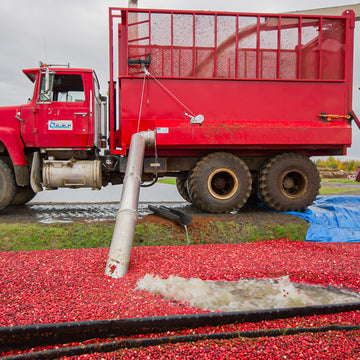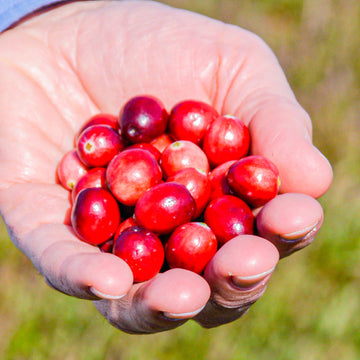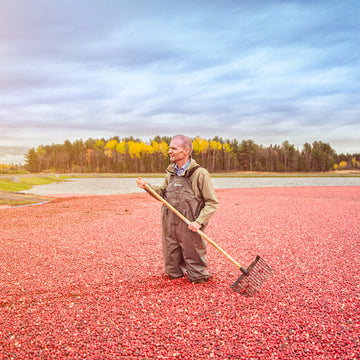When the buds open in spring, the shape of the flowers resembles a crane’s beak. This similarity was noticed by the first German and Dutch settlers in North America, who quickly dubbed the fruit “Kranichbeeren” (crane berries). The English language adapted this into the trendier “cranberries,” paving the way for their global success. Less well-known is their “second name.” At least in Germany, they’re sometimes called “Moosbeere” (moss berry), due to their preferred habitat in forests, moors, and heaths. Even in North America, cranberry fields are traditionally called “bogs,” the English word for swamps and marshes.




